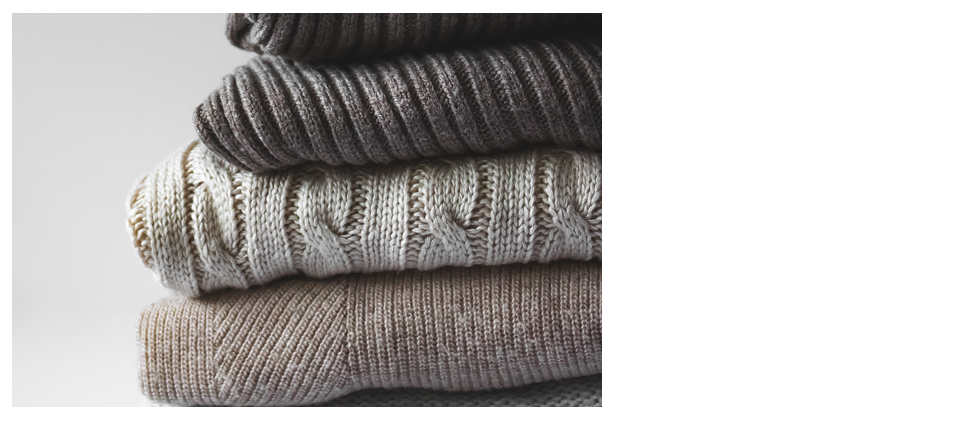THE 2021 FESTIVAL OF SOCIAL SCIENCE
RUNNING 1-30 NOVEMBER 2021
RUNNING 1-30 NOVEMBER 2021


An interactive online talk by a researcher at Lancaster University on how fashion and clothing affect energy use within buildings, and how they might play a more positive role in reducing carbon emissions. Through some activities for you to undertake and the opportunity for questions and discussion, we will help you reflect on the clothes in your wardrobe, what it might mean to dress more ‘warmly’ and the role of the fashion industry in promoting more climate-friendly styles.
During winter, a significant amount of energy is used to heat homes, offices and other buildings, resulting in 6% of global greenhouse gas emissions. Because clothing keeps us warm to a greater or lesser extent, changes in how we dress can directly affect how much energy is needed. Fashions have generally become lighter and less seasonally varied over the last century or so. But what if that changed? What if fashion design became more thermally and seasonally aware? Also, will experiences during the COVID-19 pandemic make this more or less likely? Join us for an exploration of the histories, sociology and futures of clothing and how its connection with indoor comfort might be harnessed to meaningfully reduce carbon emissions.
Janine Morley, Early Career Research Fellow, Lancaster University
Anyone is welcome
Young people and those who have been working from home during the pandemic